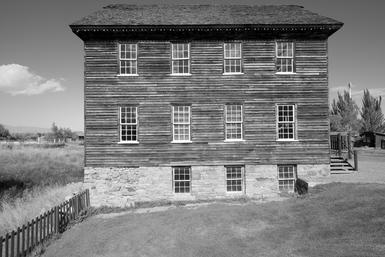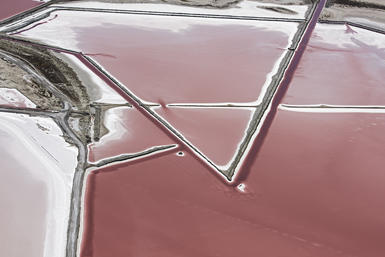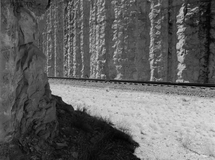This was my last day in Paradise, Day 4. Although cut short by rain in the afternoon, some of what I was able to get to in the morning was grim.
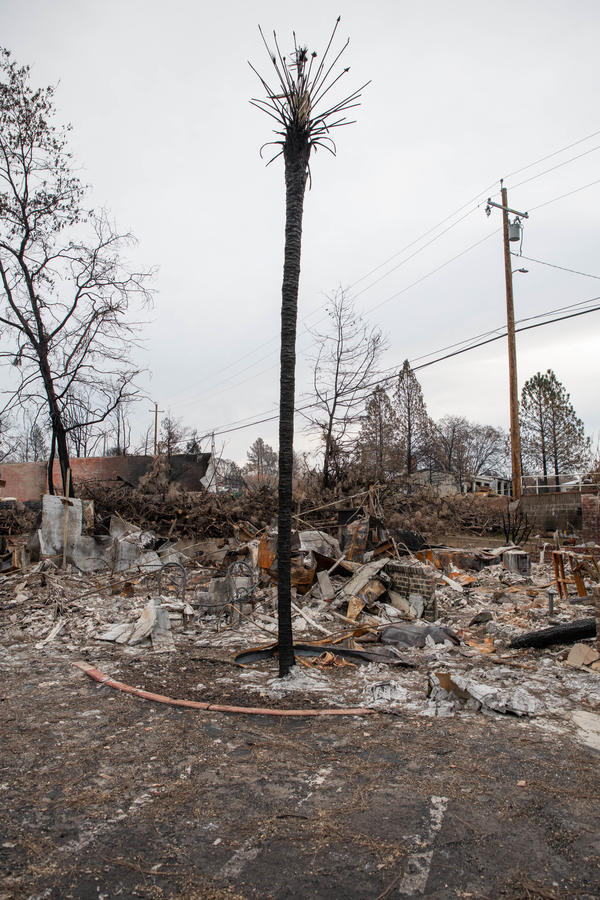
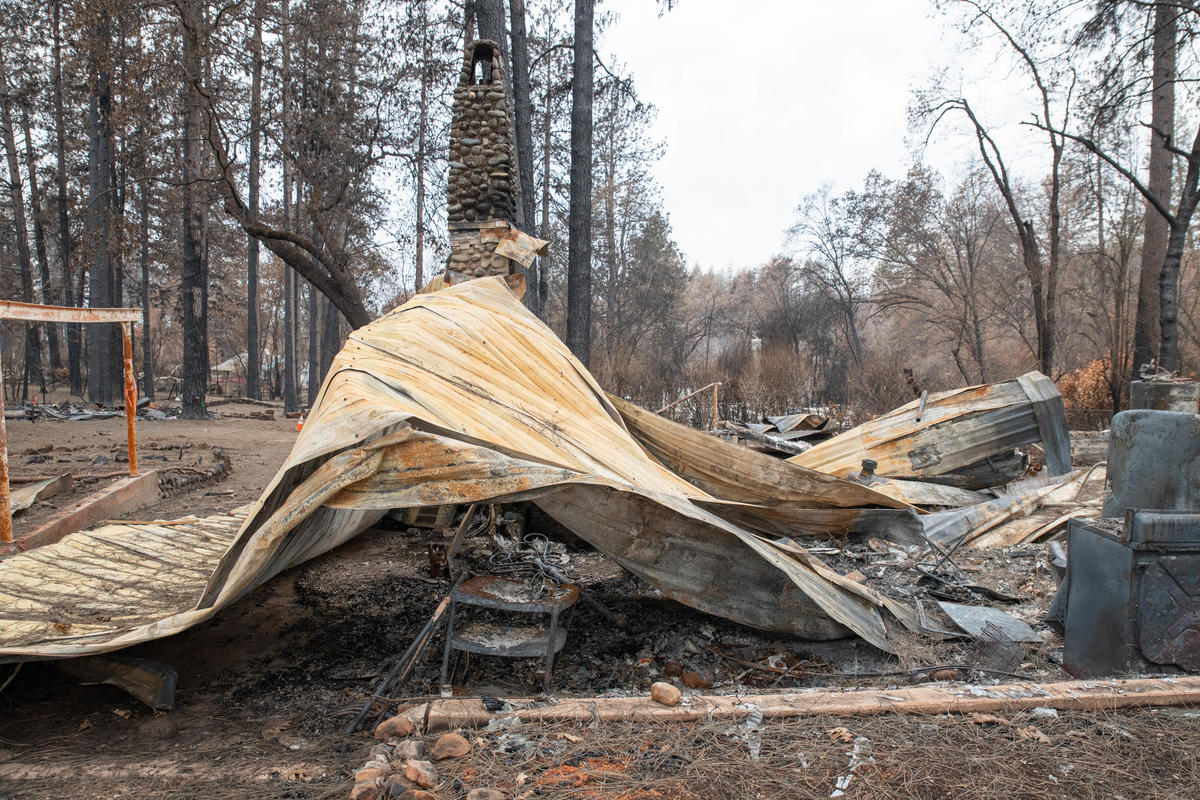
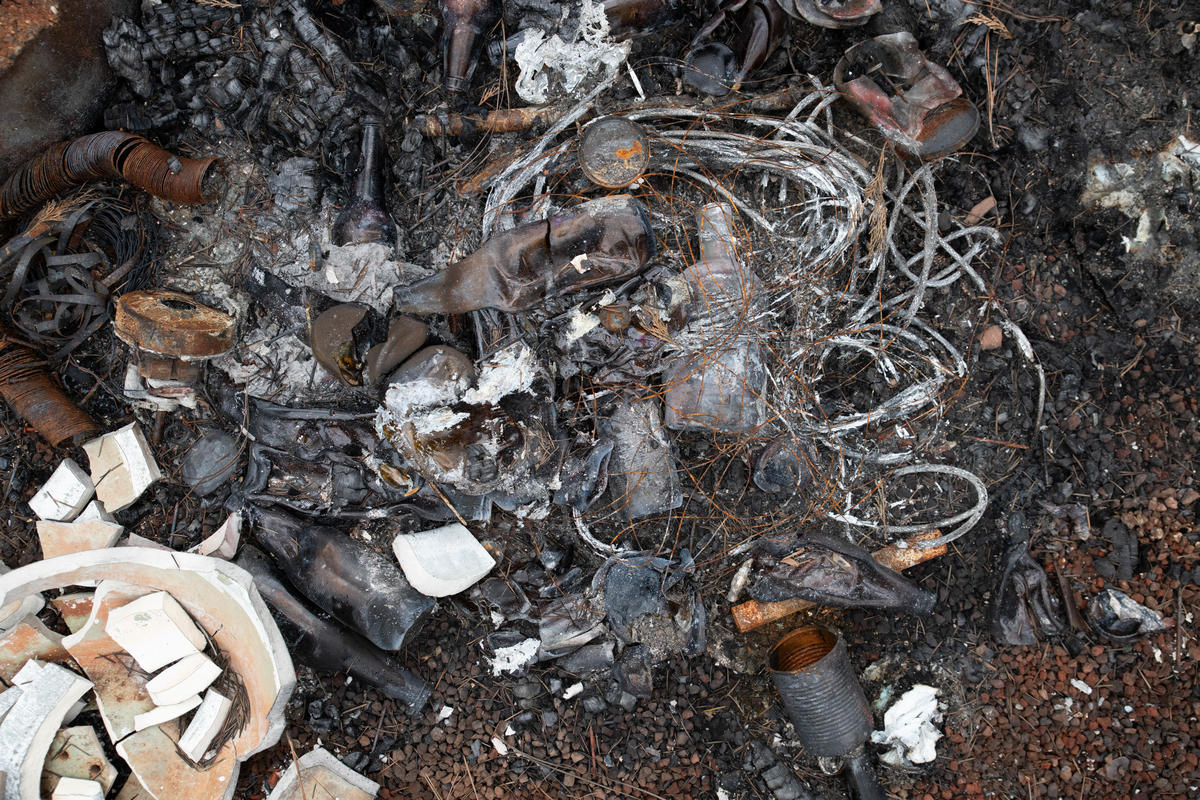
Much of this, of course, had a purpose, was purchased at some point, used by human hands for some reason, stored away for use another day, now rubble, debris in a disaster zone.

Three deer came by while I was photographing, foraging and perhaps looking for a handout.
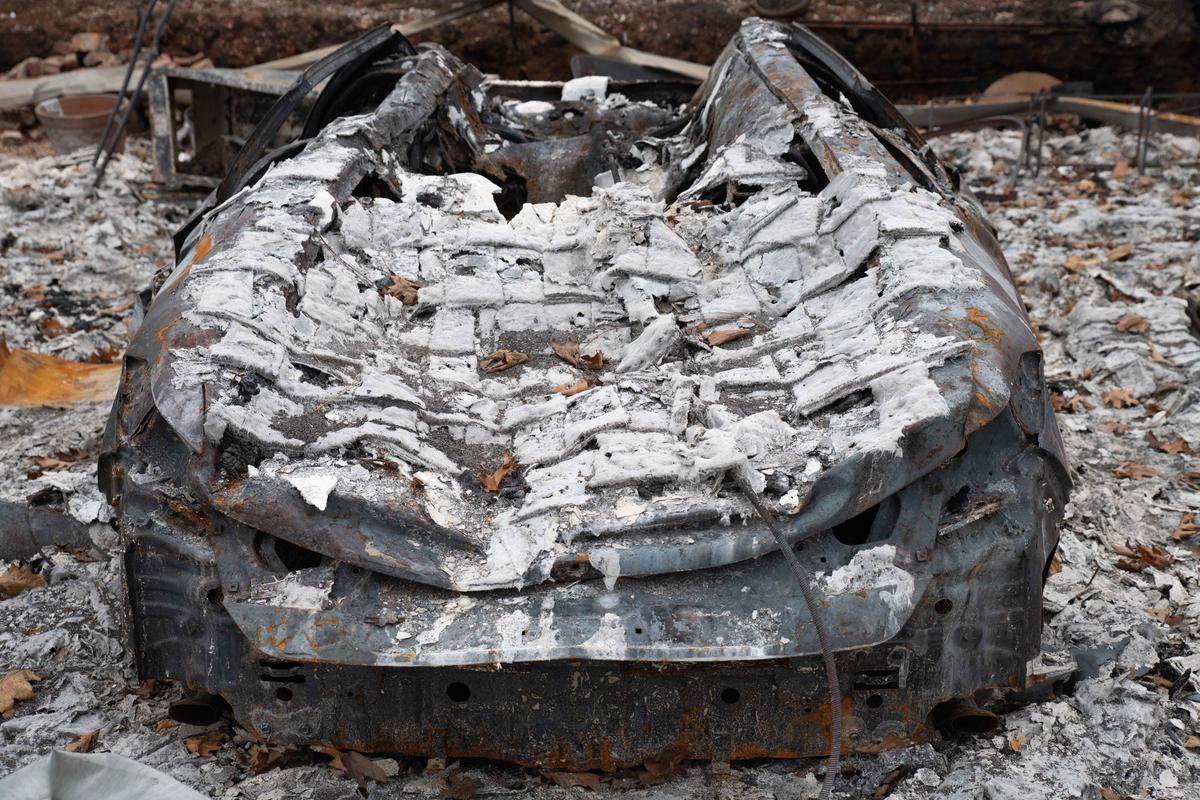
Just before the rain started I ended up in a higher-end neighborhood, with gated driveways, security systems and views out over the canyon, homes perched on the edge.
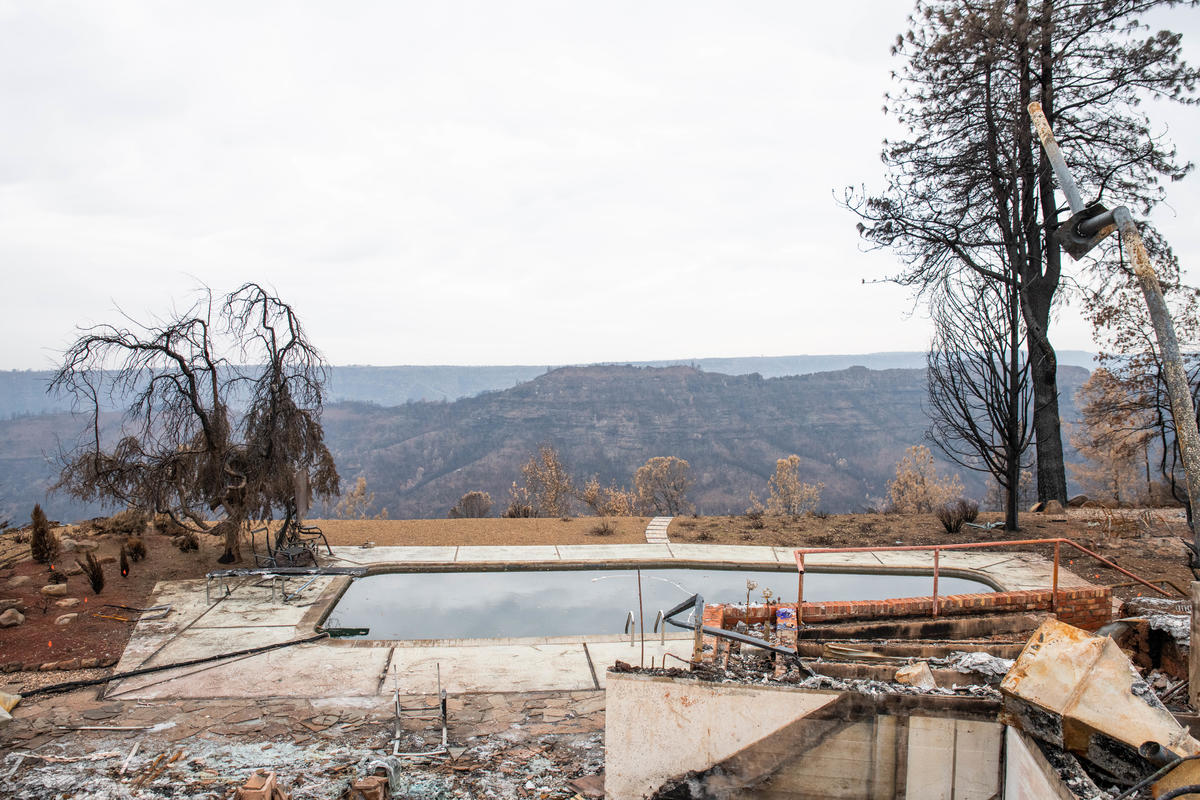
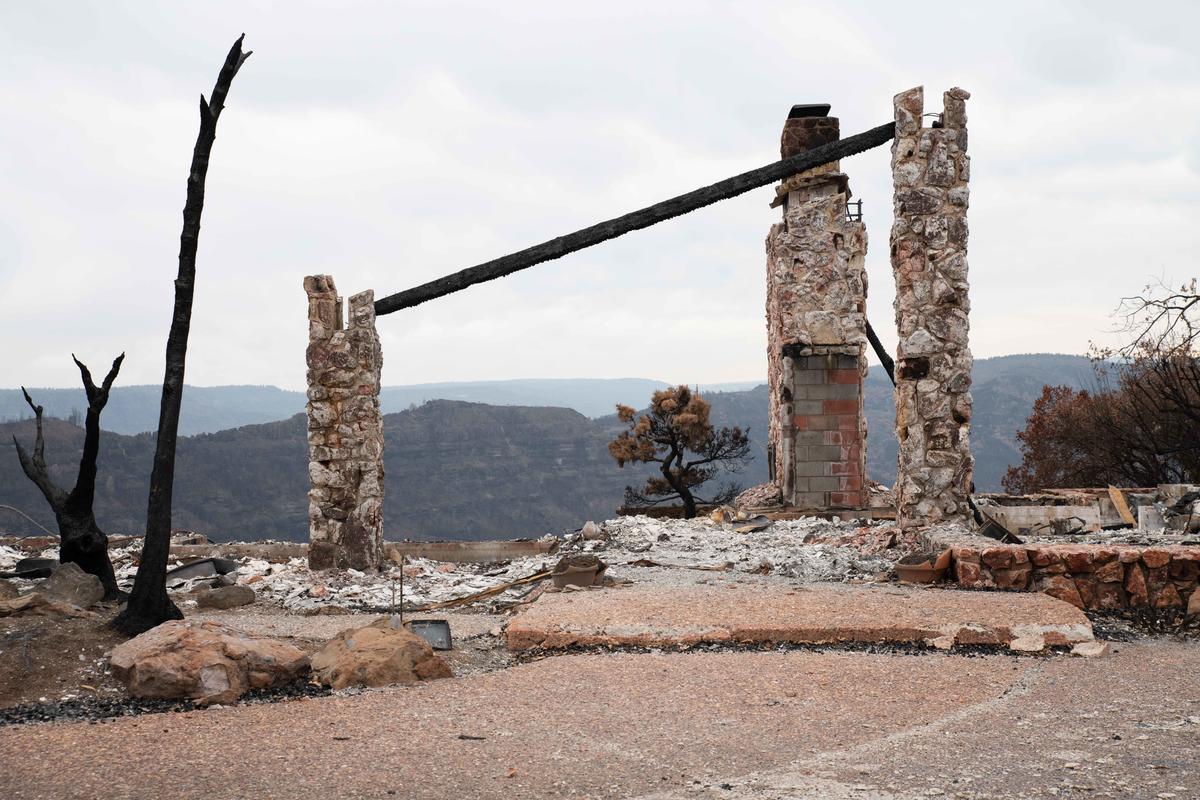
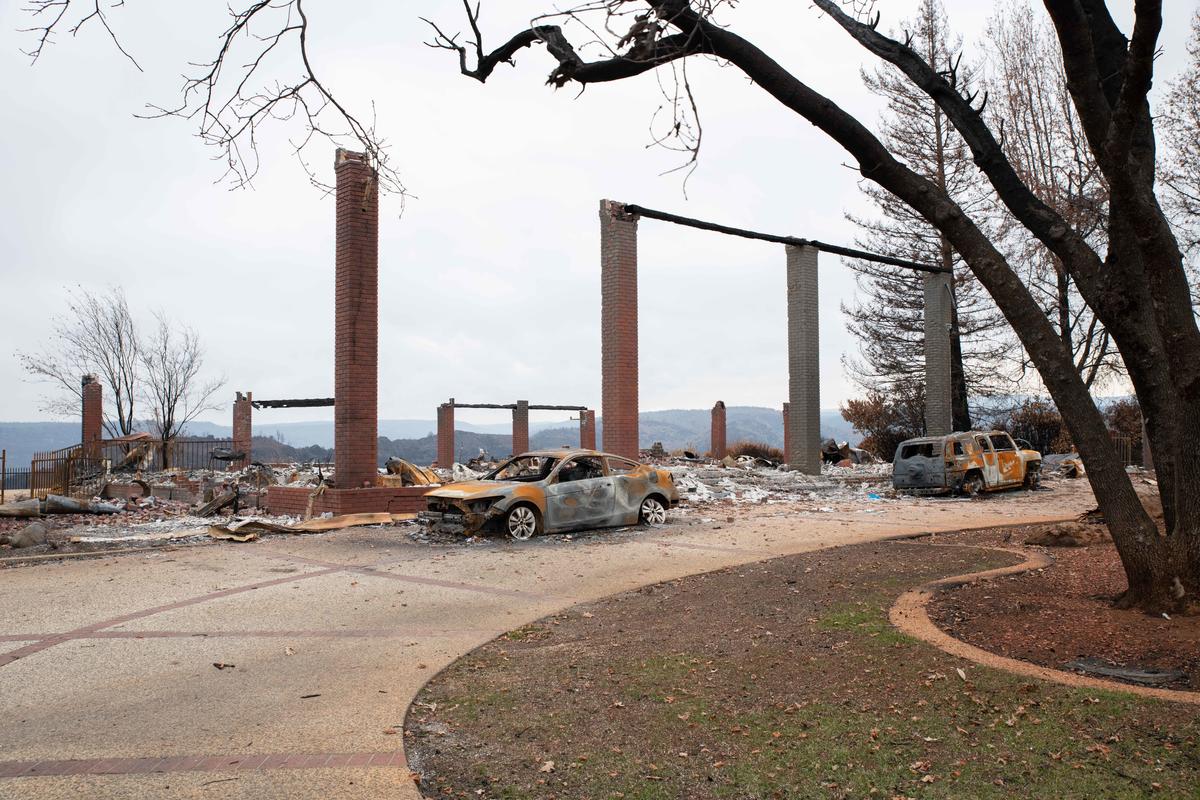
These are places I wouldn't have been allowed close to before the fire, now, in a perverse form of democracy, wide open, gates unlocked, nothing for robbers to steal.
That's it for the photographing part, the acquiring of photographs, just really the first phase of a project. Next when home I will edit and edit and edit, an endless process of working on the imagery to refine the work to an essence, a core group of pictures that say best, that speak to my intention. For this group I will write the story as well with the idea that perhaps this work deserves attention as a published piece. Not my field or area of expertise. We will see.
With a little research you can delve into the politics behind this particular fire, the worst in Caifornia's recorded history.
The fire caused at least 86 civilian fatalities, with 3 persons still missing, injured 12 civilians, two prison inmate firefighters, and three other firefighters. It covered an area of 153,336 acres, and destroyed 18,804 structures, with most of the damage occurring within the first four hours. As of November 19, insured damage was estimated to be $7.5–10 billion.
Source: Wikipedia
Was this fire preventable? How did it start and who is liable? Could the town and state have prepared better, plotted a safer and more effective evacuation plan? Will Paradise rebuild?
Thanks for coming along. I appreciate your being a subscriber to the blog.
Overwhelmed. I think that was it. Photographing in Paradise for several days got to me. Scene of the infamous Camp Fire. So much destruction.
At any rate, I've been staying in Red Bluff, about an hour away. Why? Because forget finding anything in Chico, the closest town, because so many displaced Paradise residents are living there now. The commute each am and pm is long, two lane, straight and flat. I am in Central Valley, the huge agricultural region inland from the coast in California. On the morning of Day 3 I began photographing along the way to Paradise (putting off the drive up the ridge to town?). Row after row of nut trees, almond and walnut, some fruit orchards, all bare, in January.
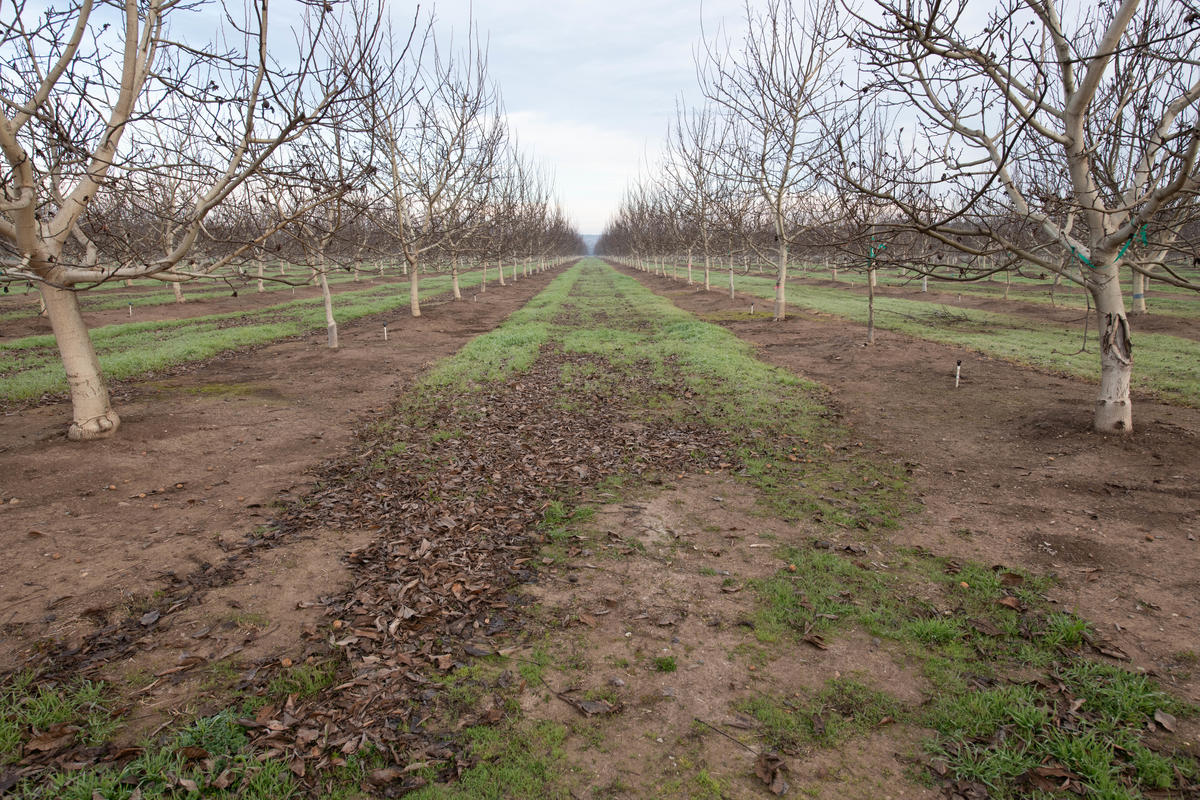
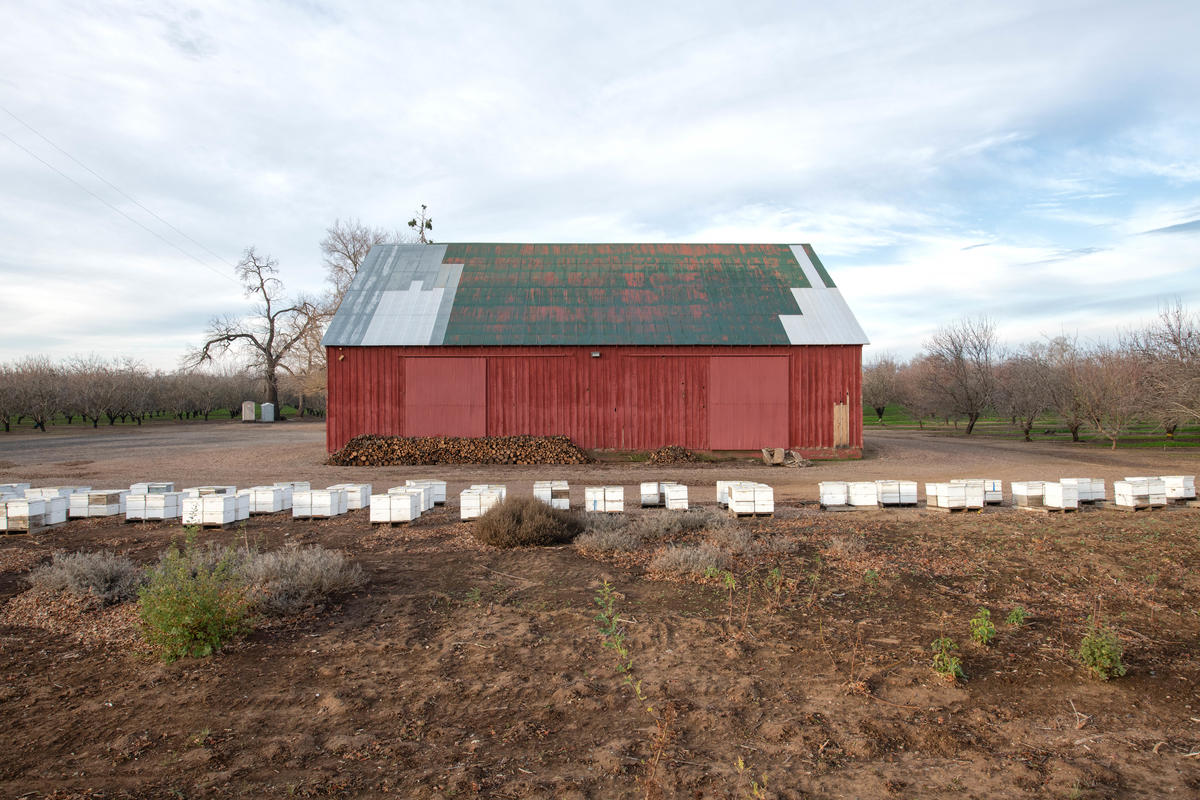

Rural farmland mostly. Open and expansive, a river valley in large scale with distant mountains on either side. And very beautiful.
Why stray from the stated mission to photograph the effects of the Camp Fire in Paradise? For a reprieve, a break, to come back to beauty, some serenity and sense that all is right in the world. For things are very wrong in Paradise and I don't know that it can ever be made right again.
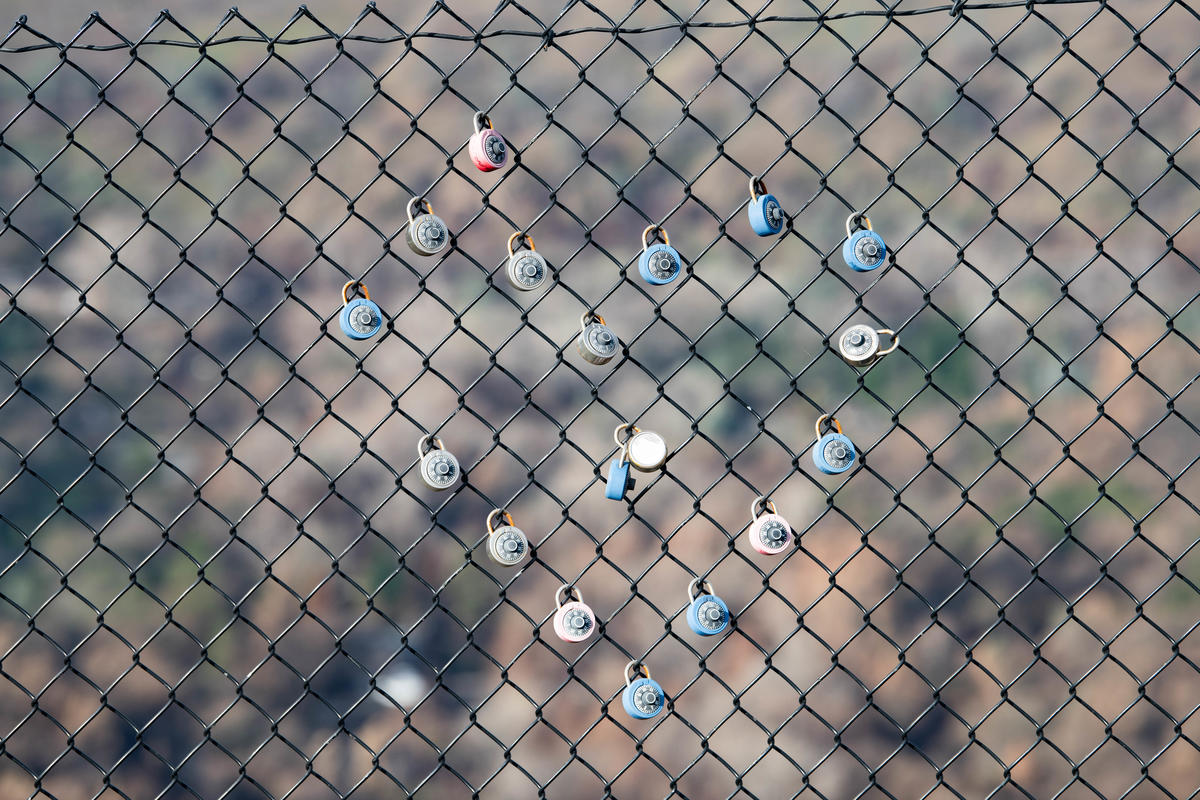 Padlocks on a fence overlooking the canyon in Paradise.
Padlocks on a fence overlooking the canyon in Paradise.
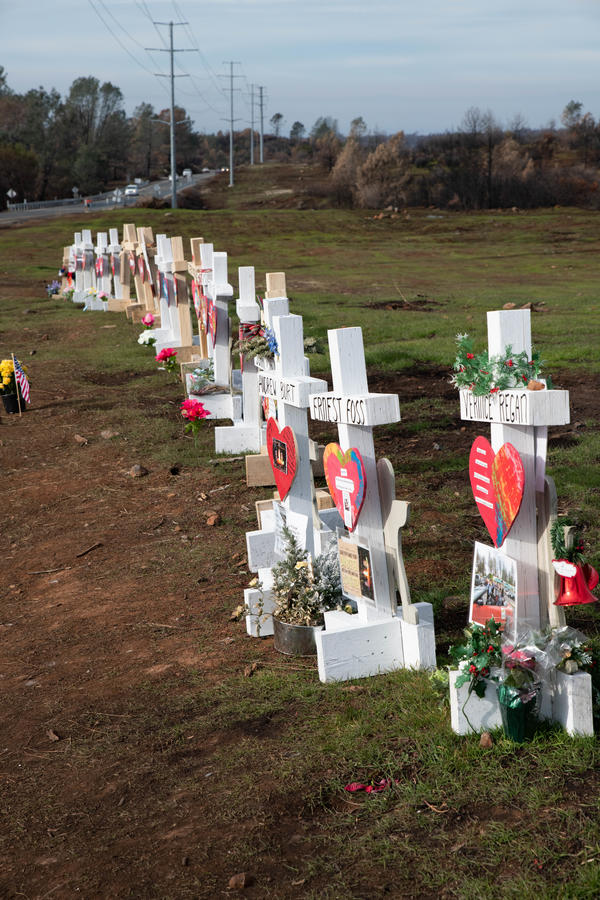 Wooden crosses on the side of the road into Paradise to commemorate the 88 killed in the fire.
Wooden crosses on the side of the road into Paradise to commemorate the 88 killed in the fire.
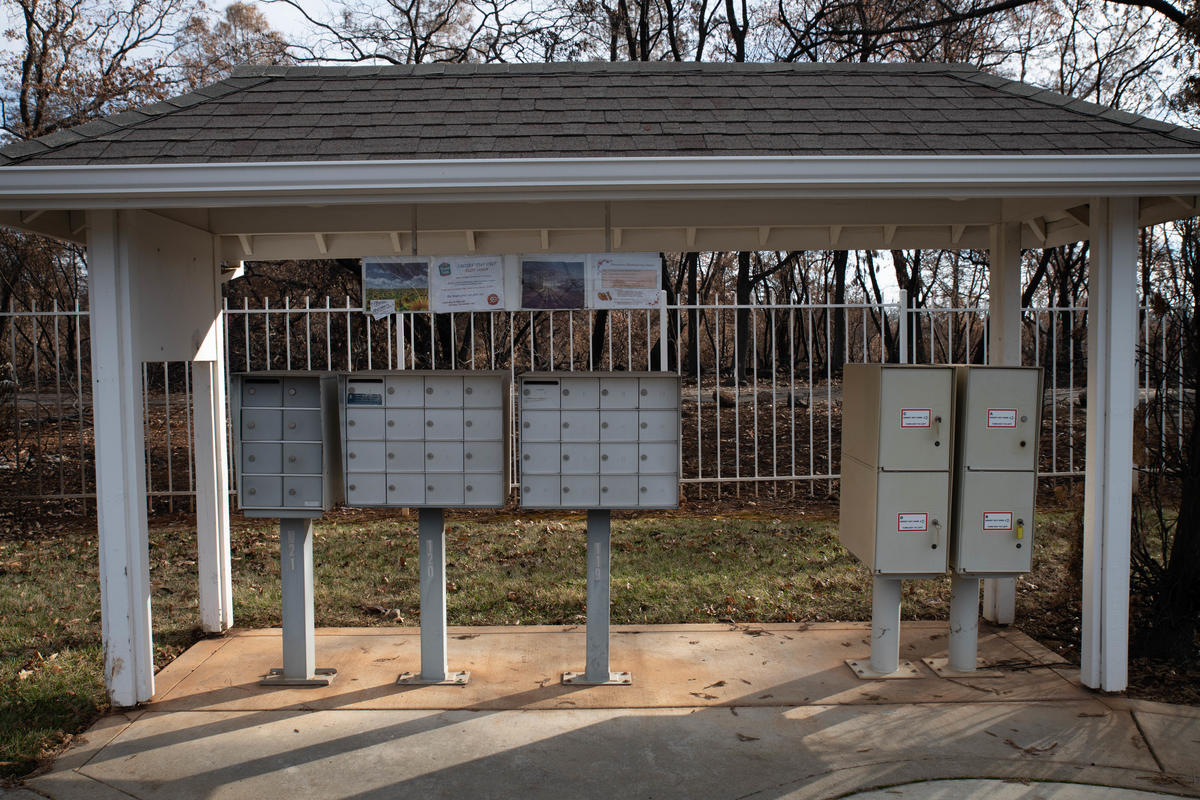 Mailboxes at the entrance to a retirement community leveled by the fire.
Mailboxes at the entrance to a retirement community leveled by the fire.
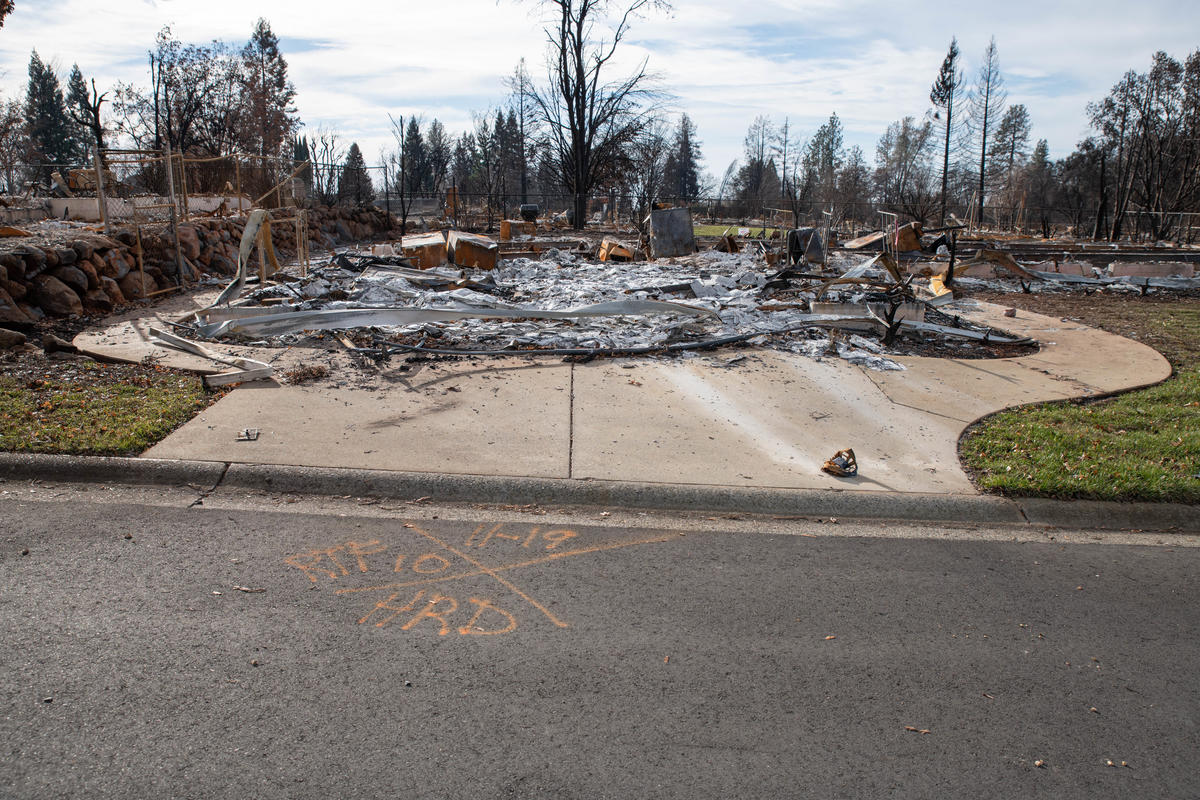
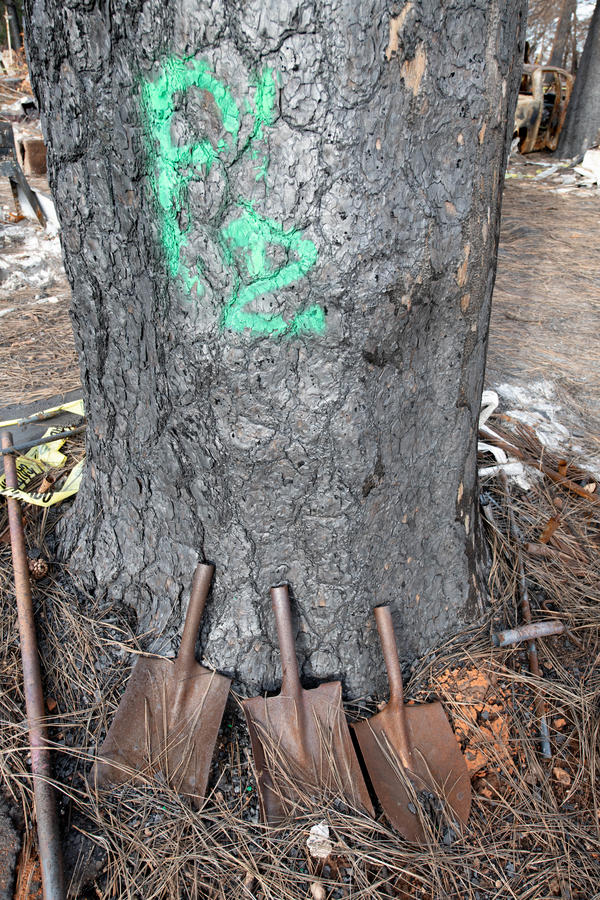
What is quite striking is how quiet this all is. Get away from the main street, into residential neighborhoods and walk around to find no one there. They are gone, their homes ash and dust, for there is nothing for home owners to return to. These neighborhoods are ghost towns, oddly serene, unvisited, no moms carting kids off to school, no sprinklers cycling on to water the grass, no sound of lawn mowers on Saturday mornings, no dogs barking, no joggers, no deliveries, no UPS truck bringing Amazon orders. Nothing, no life and no sound. Odd and dead and gone.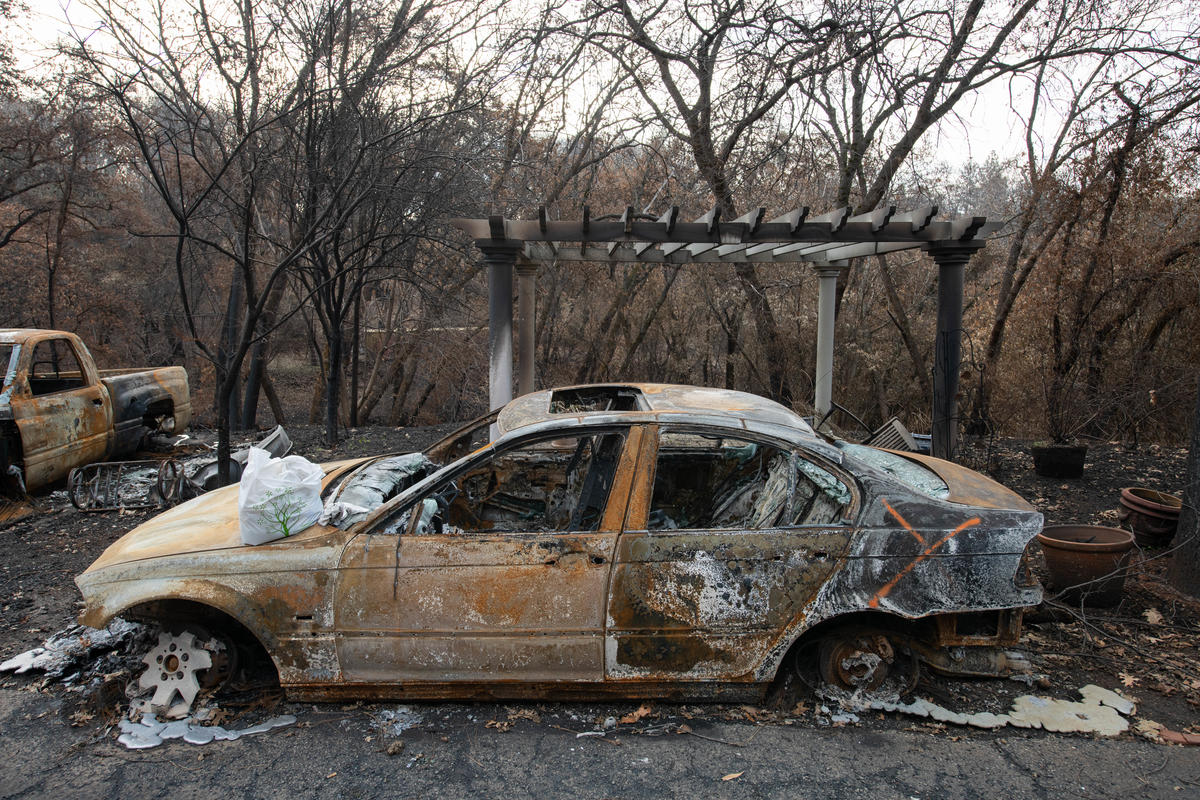
Last day today, Day 4. Back to Paradise as a wrap up, to take one more look, to see if I missed anything.
Day 2 was big, as I photographed the town and area around it in the morning then in the afternoon flew out of Chico to make photographs from the air.
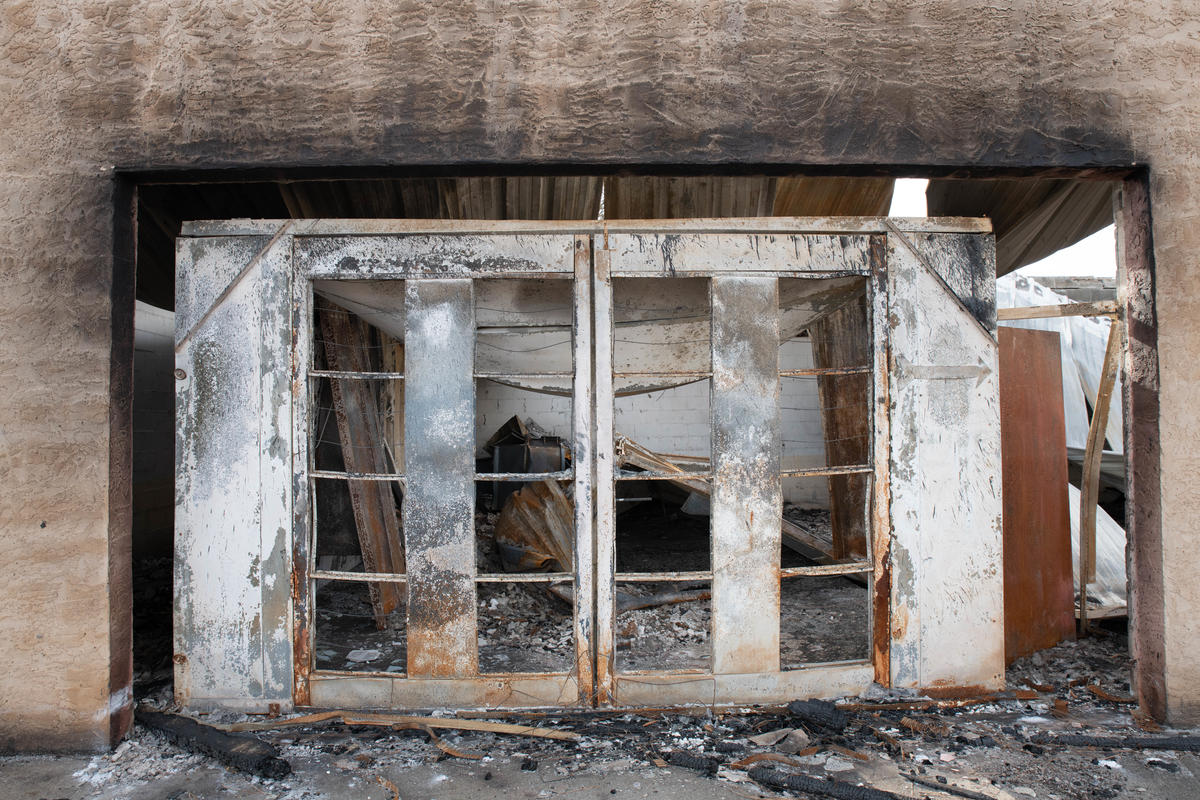
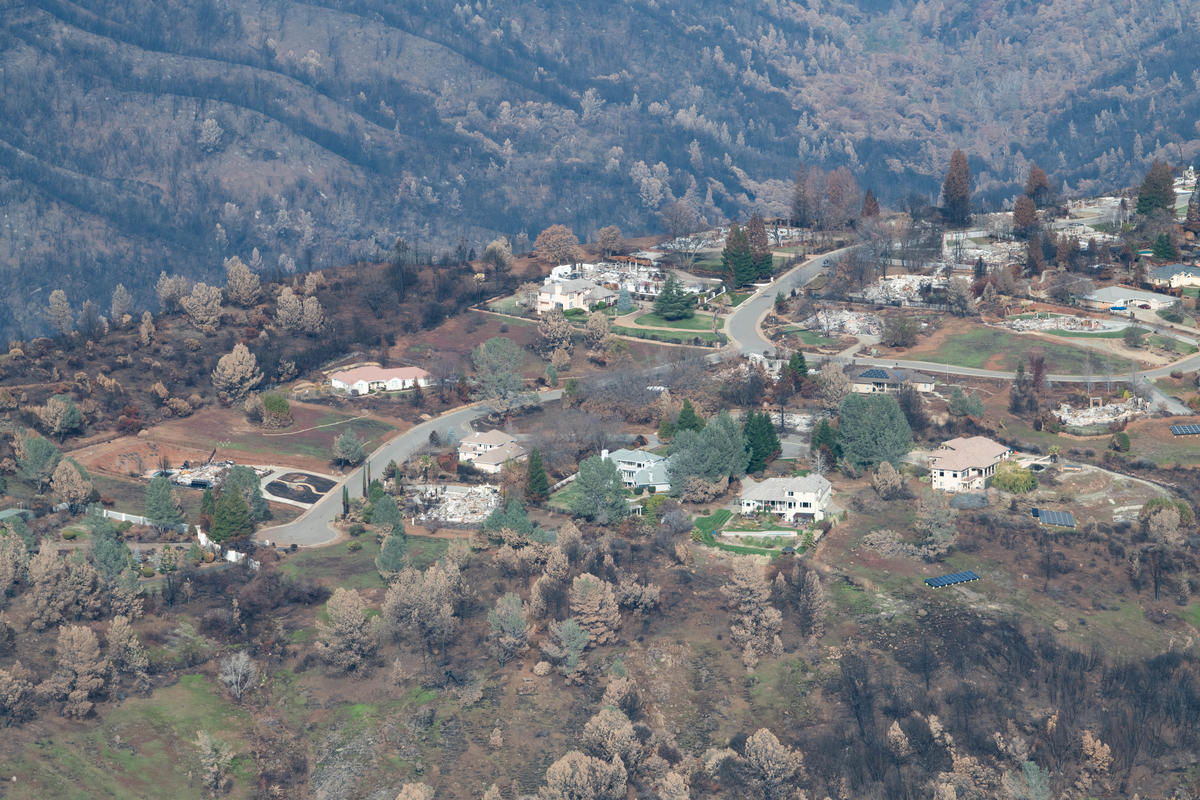
This one above on the ridge leading up to Paradise, at the tail end of the destruction. The nature of firestorms is that homes are engulfed when hit by embers thrown by high winds. This means some buildings are spared.
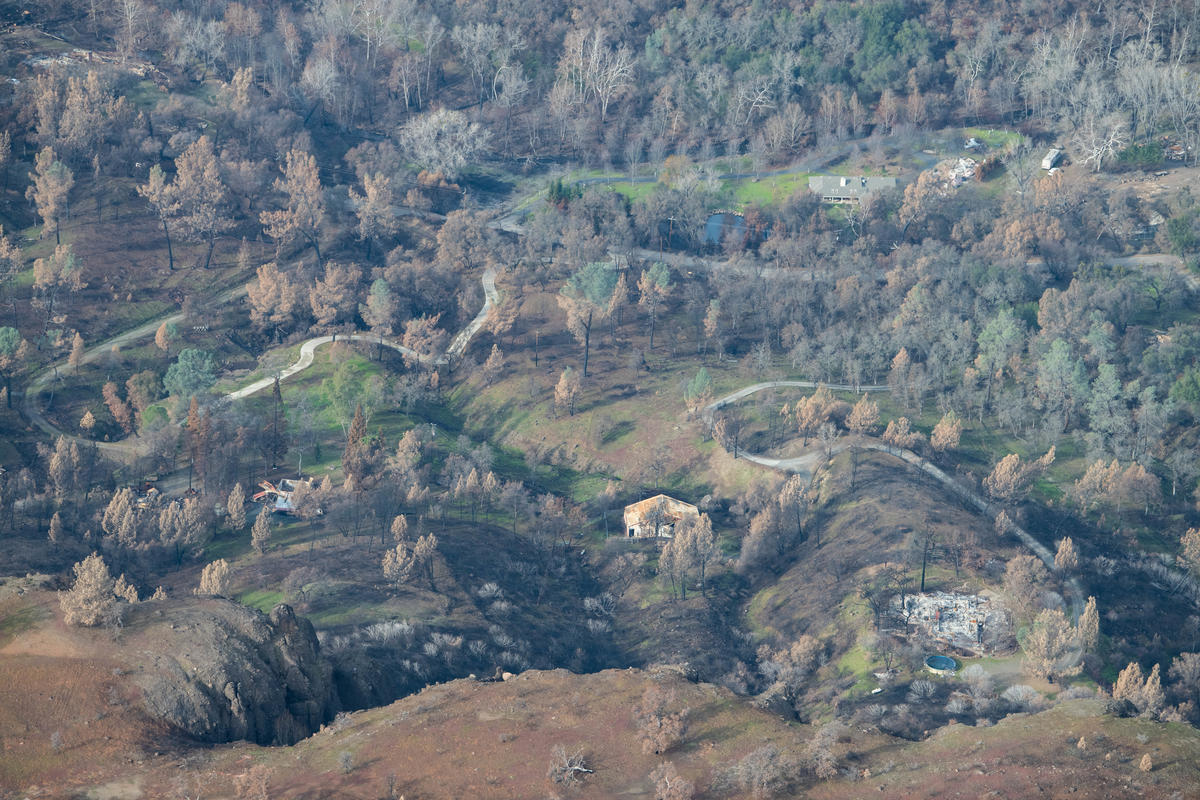
In this one you can see trees singed and then some that are still green. This is looking down into the canyon below Paradise.
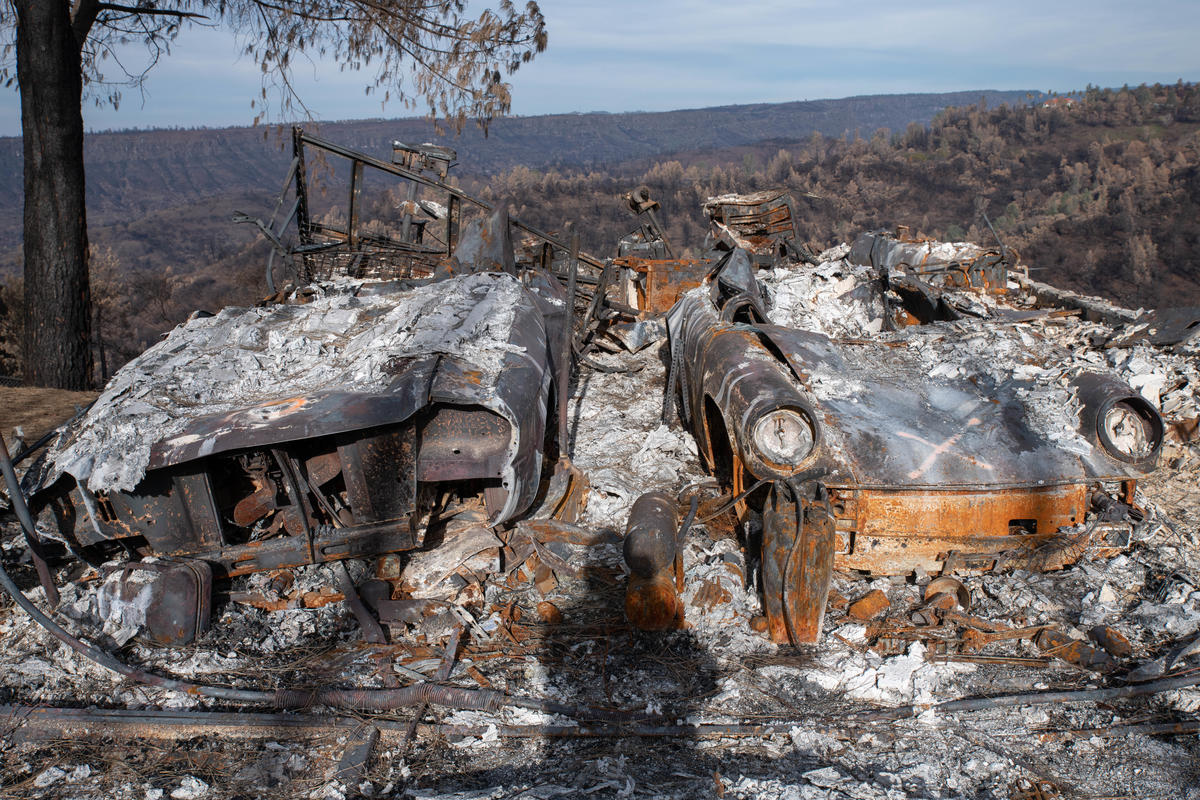
A Mustang and a Porsche, sitting in the garage, left behind as the homeowners fled.

Often the chimney is what remains. This home had an expansive view of the canyon below, perched on the edge of the ridge.
Downtown Paradise:
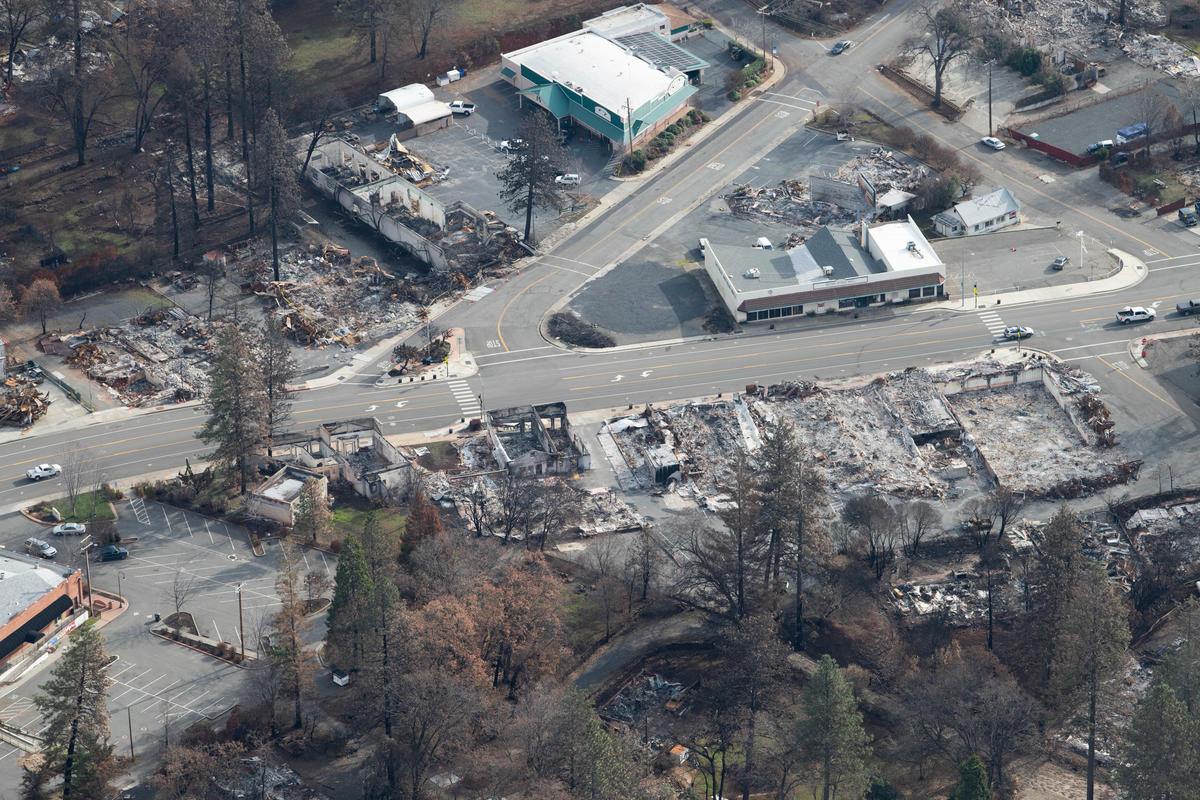

Today? Back to Paradise, to photograph more. At this stage, I am just trying to finish with no regrets about what I didn't get. I have the option to fly again today but will pass as I am confident I got what I needed from above. The on-the-ground work is harder as it tends to look just a confused mass of debris. Will work today to bring some coherence to these pictures.
Thanks for coming along. Your response welcome: Neal's email
Flight from Boston to San Francisco uneventful. Stayed in the Bay Area with my sister in El Cerrito then drove north to Paradise through the flat agricultural Central Valley filled with row after row of fruit and nut trees. Everything looking tinder dry and brown as I drove up the ridge into town.
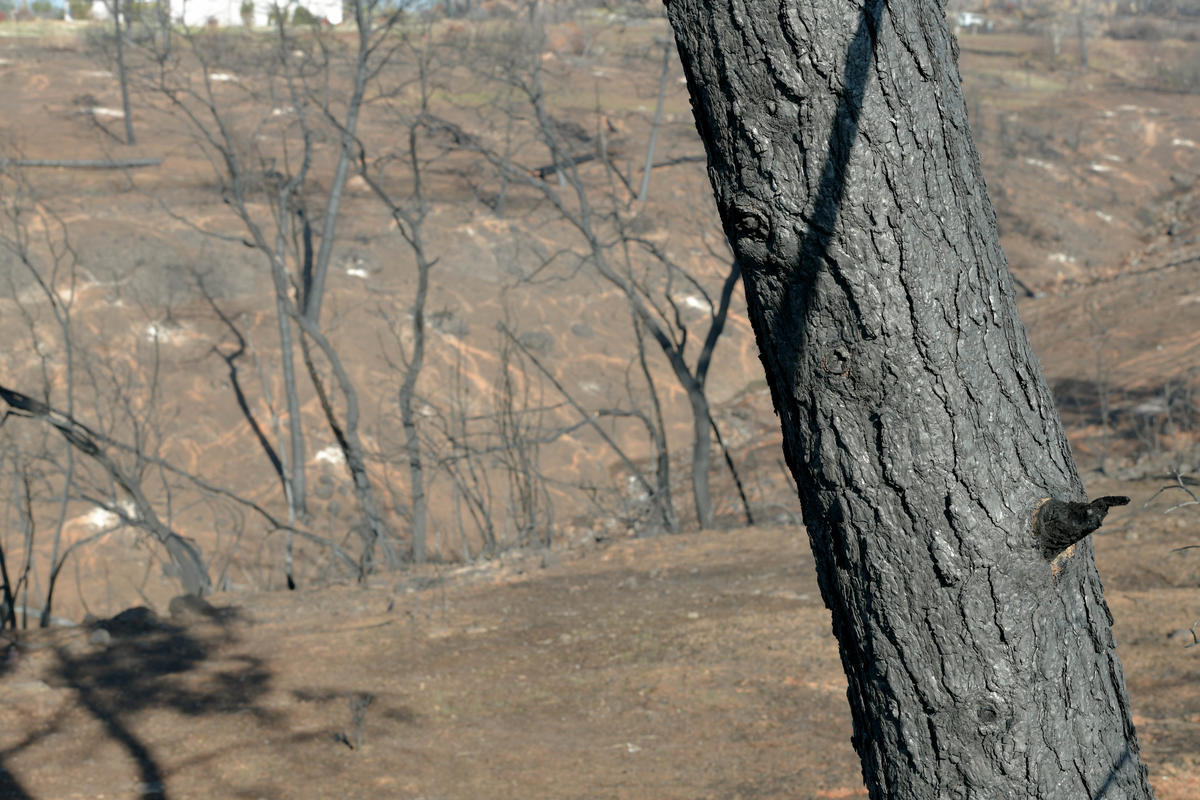 Initially, I wasn't sure I was seeing the effects of the fire, not until I noticed trunks of trees that were charred. Because of high winds a firestorm may be moving so fast it can leave trees singed but still standing. This is the case in Paradise, the site of California's worst fire on record.
Initially, I wasn't sure I was seeing the effects of the fire, not until I noticed trunks of trees that were charred. Because of high winds a firestorm may be moving so fast it can leave trees singed but still standing. This is the case in Paradise, the site of California's worst fire on record.
The Camp Fire was the deadliest and most destructive wildfire in California history to date. The fire started on November 8, 2018, in Butte County, in Northern California. After exhibiting extreme fire behavior, an urban firestorm formed in the densely populated foothill town of Paradise.The fire caused at least 86 civilian fatalities, with 3 persons still missing, injured 12 civilians, two prison inmate firefighters, and three other firefighters. It covered an area of 153,336 acres , and destroyed 18,804 structures, with most of the damage occurring within the first four hours. As of November 19, insured damage was estimated to be $7.5–10 billion. The fire reached 100 percent containment after seventeen days on November 25, 2018.*
*Source: Wikipedia
First Impression
As I approached town, it quickly was clear where I was, as almost everything had burned.
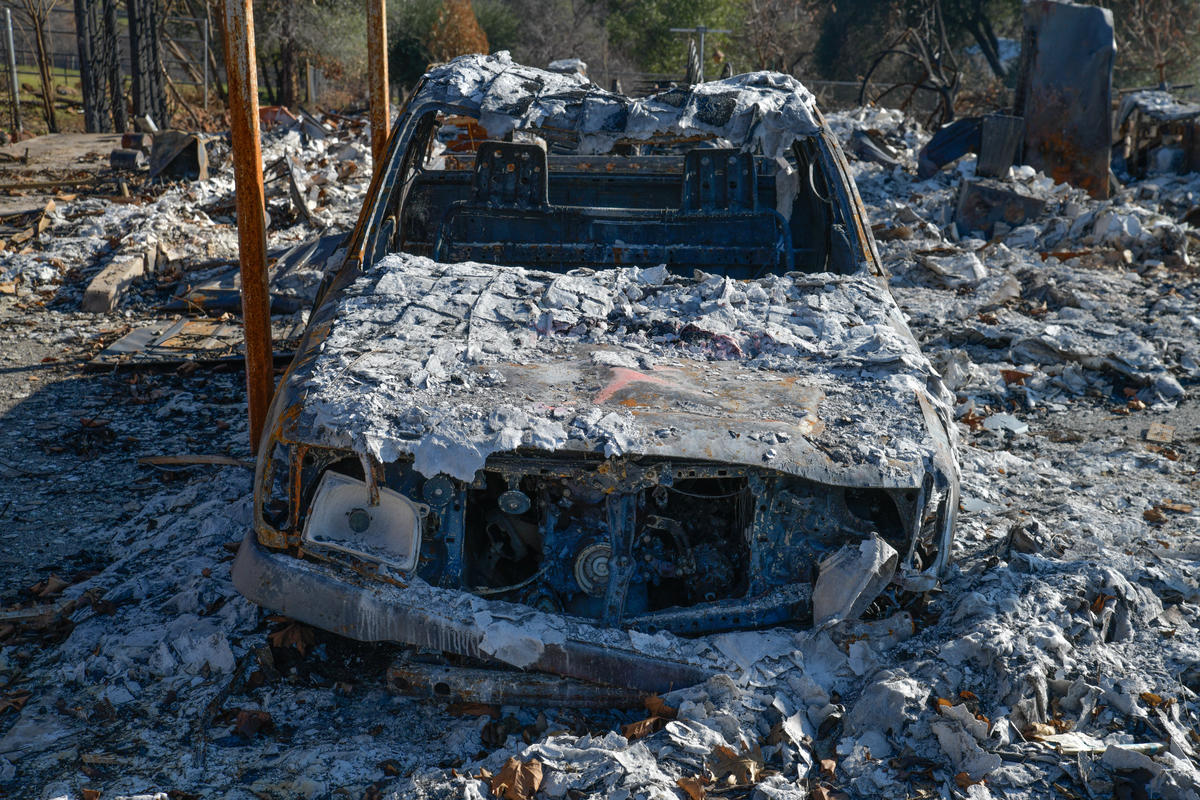
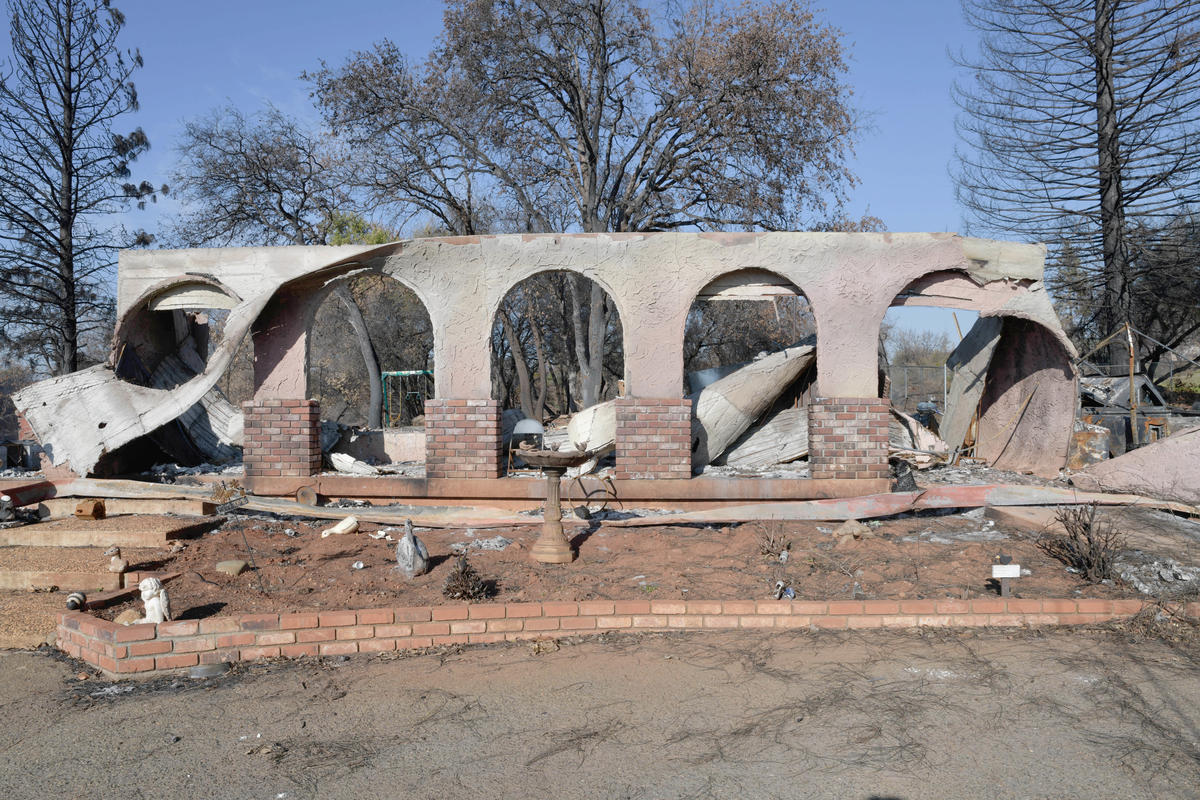 The central street of the town sits along the top of a ridge and as I drove up the town's main street called Skyway the devastation is everywhere.
The central street of the town sits along the top of a ridge and as I drove up the town's main street called Skyway the devastation is everywhere.
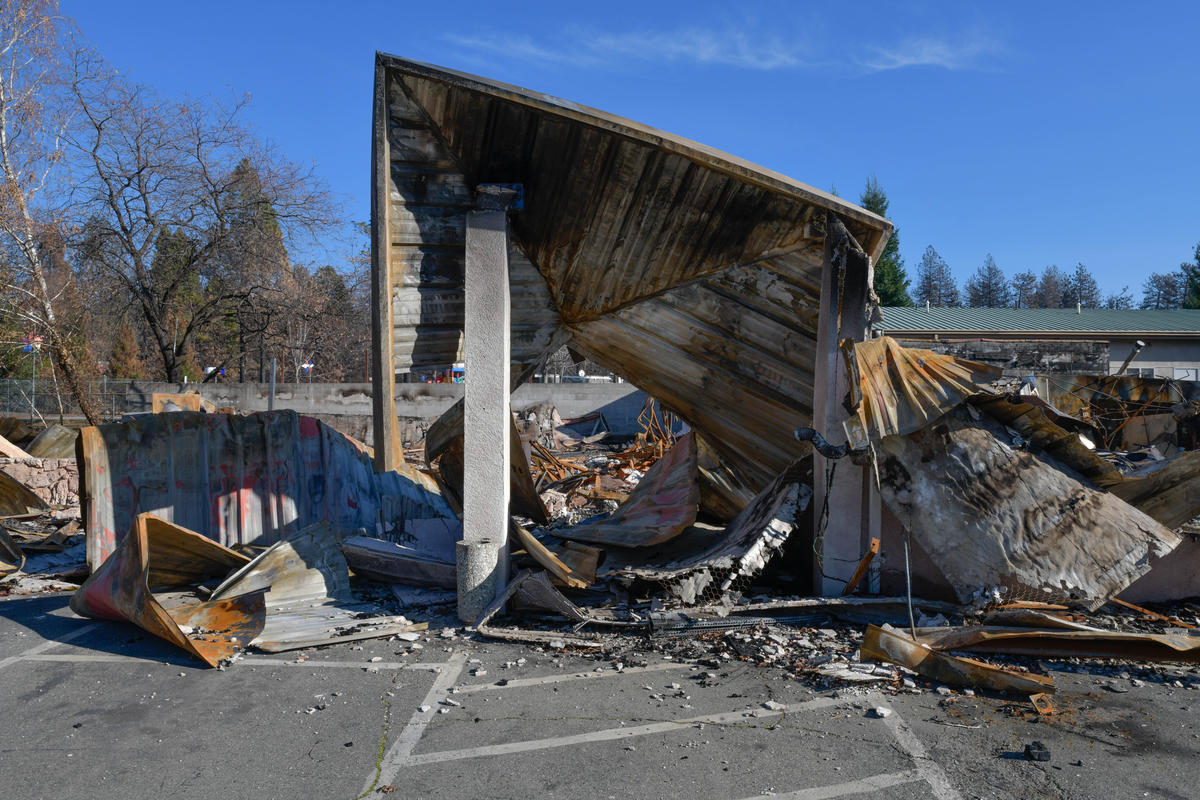 The Happy Garden Chinese Restaurant
The Happy Garden Chinese Restaurant
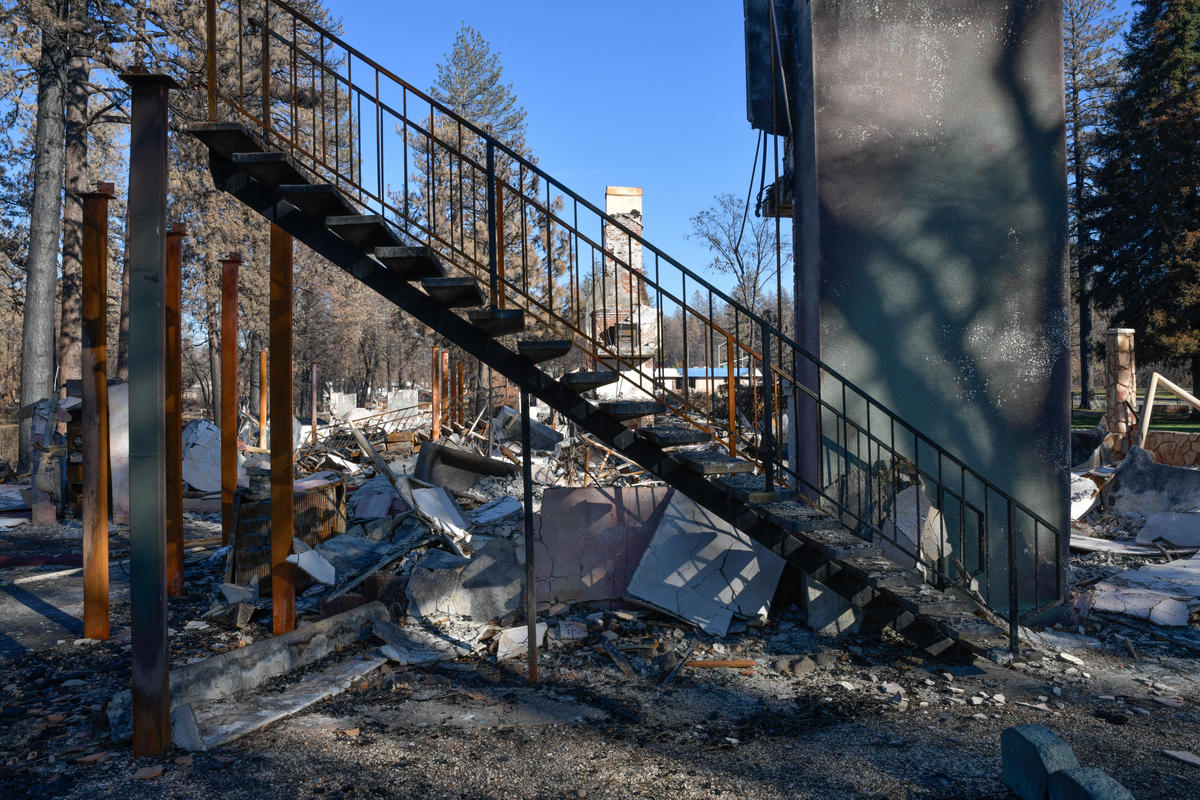 A motel
A motel
Here I was just scouting, trying to grasp the extant of the damage, thinking what it must have been like, having to flee, Skyway Road backed up with vehicles, homeowners and businesses alike, everyone evacuating, leaving everything behind, raging fires on either side. Some were trapped in their cars, gridlocked, some abandoned their vehicles and escaped on foot, nowhere to go and nowhere to escape. Imagine. The fire raging around you, looking like night in the middle of the day, your own town, propane tanks exploding, plastic signs melting, embers flying over you, the air thick with smoke. And the wind, fanning the fire, urging it on to the next and then the next, the fire raging through the town, consuming everything in its path. A nightmare.
Paradise, California, a town that doesn't really exist anymore.
I will be back again later this morning and am flying today to make aerials out of Chico Airport, the closest to Paradise.
Since I left Utah two weeks ago you haven't heard a thing from me.
This is just a brief update to tell you what I am up to with the work I made. Job number one is to edit files, and begin to print the work. Some people like to wait a while, let the new work settle in a little, allow some perspective on what was done and I agree, this is important. But I also like to make some prints of files I know I want to see, not only a determiner whether I was on or not but to see if I was technically where I needed to be.
This I have done.
Life does intrude and, especially when returning from a trip like I took to Utah to photograph, all that life entails came flooding back. A little medical, some friends and family, a meeting or two, time spent online judging a grant competition (with a fast looming deadline!) and long hours at the studio working on files and making work prints.
Also, I spent a week on Martha's Vineyard with family for Thanksgiving.
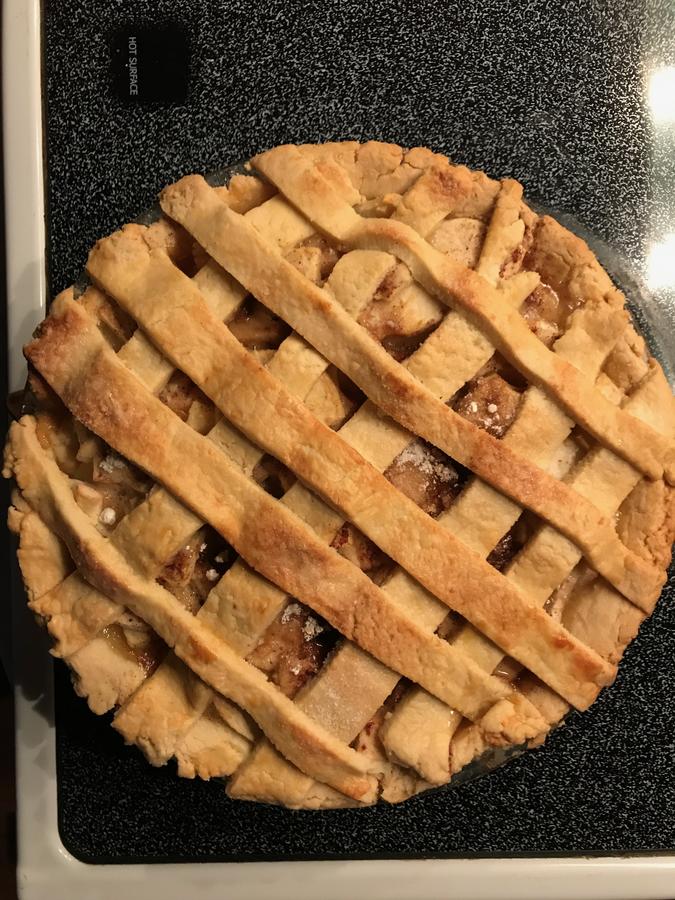
Within the overall number of pictures I made, there are subsets, chapters in the overall body of work that will be from Utah. While I did make "incidental" photographs (the term I use for photographs made without any effort to make a series or any kind of narrative, pictures that stand alone), I also made separate series. These need a longer view and are far heavier lifting than just skimming through a few thousand flies to see what things look like.
Let me share with you some of what I am working on:
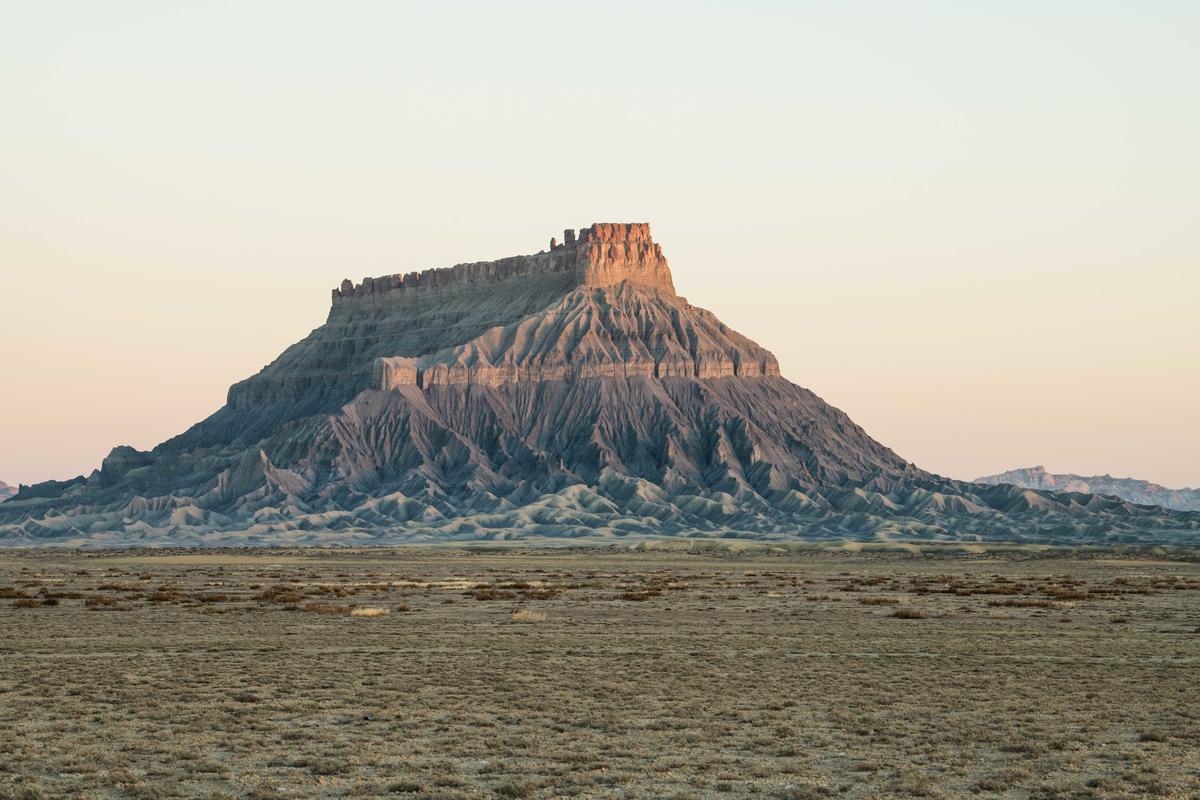 This is Factory Butte, a few miles west of Hanksville, Utah, at dawn. I photographed there one afternoon until the sun went down and then was back again the next morning at sunrise. If I had to give one reason for going to Utah this time it was this.
This is Factory Butte, a few miles west of Hanksville, Utah, at dawn. I photographed there one afternoon until the sun went down and then was back again the next morning at sunrise. If I had to give one reason for going to Utah this time it was this.
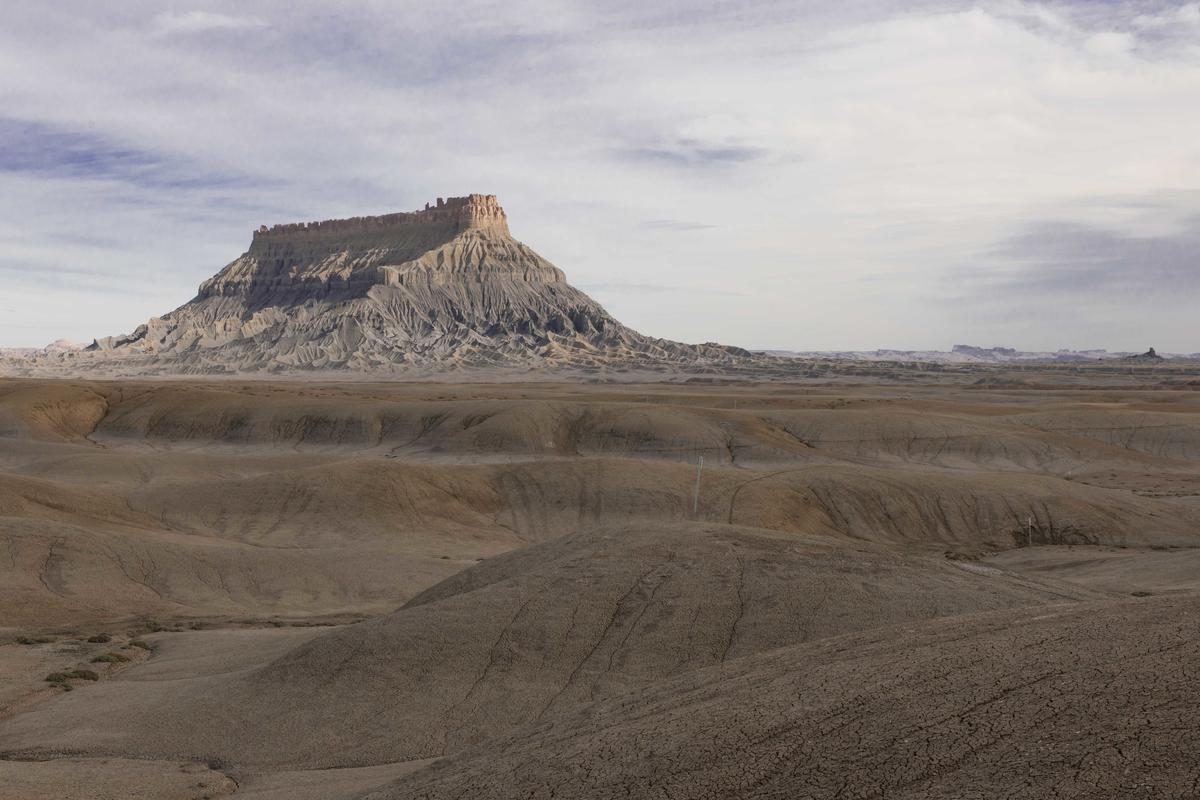
Something about this huge hunk of rock and eroded desert appeals on a deep level for me, for it is so shocking, so primitive, so large and such an anomaly.
I also find it challenging. How do you photograph just one "thing", perhaps it is a little like a still life.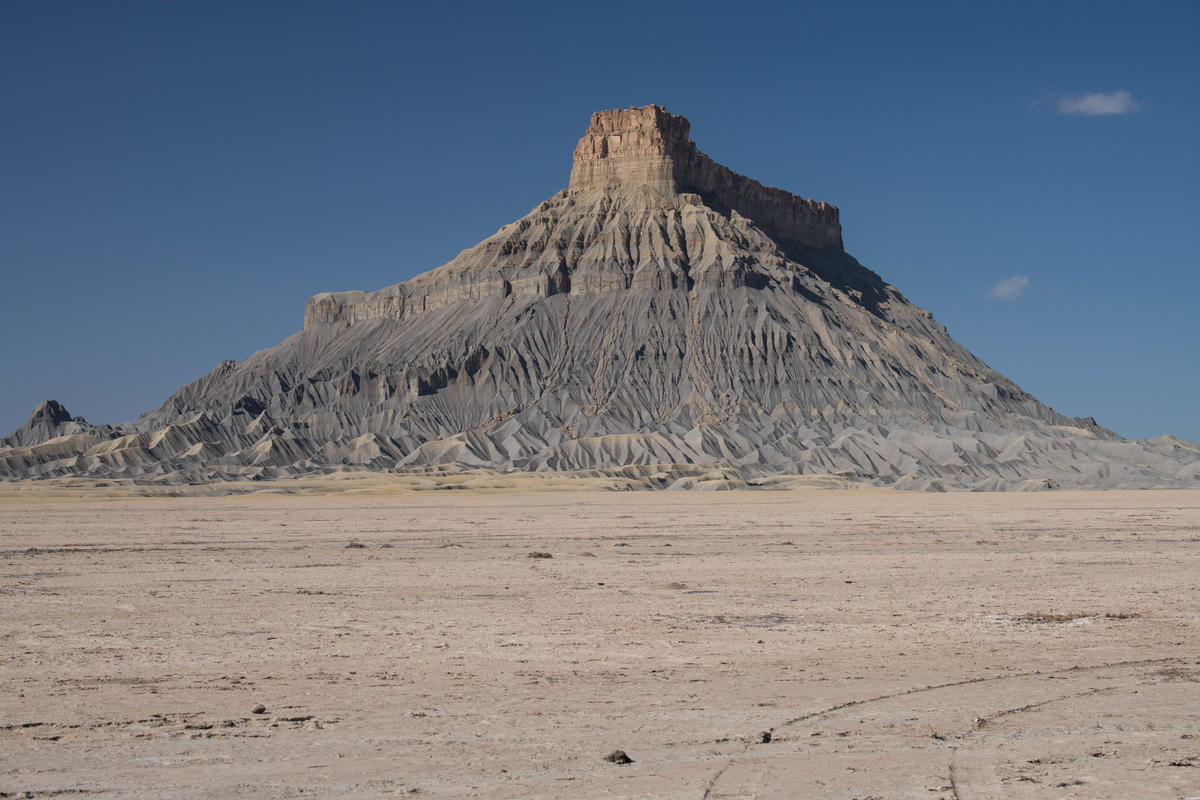
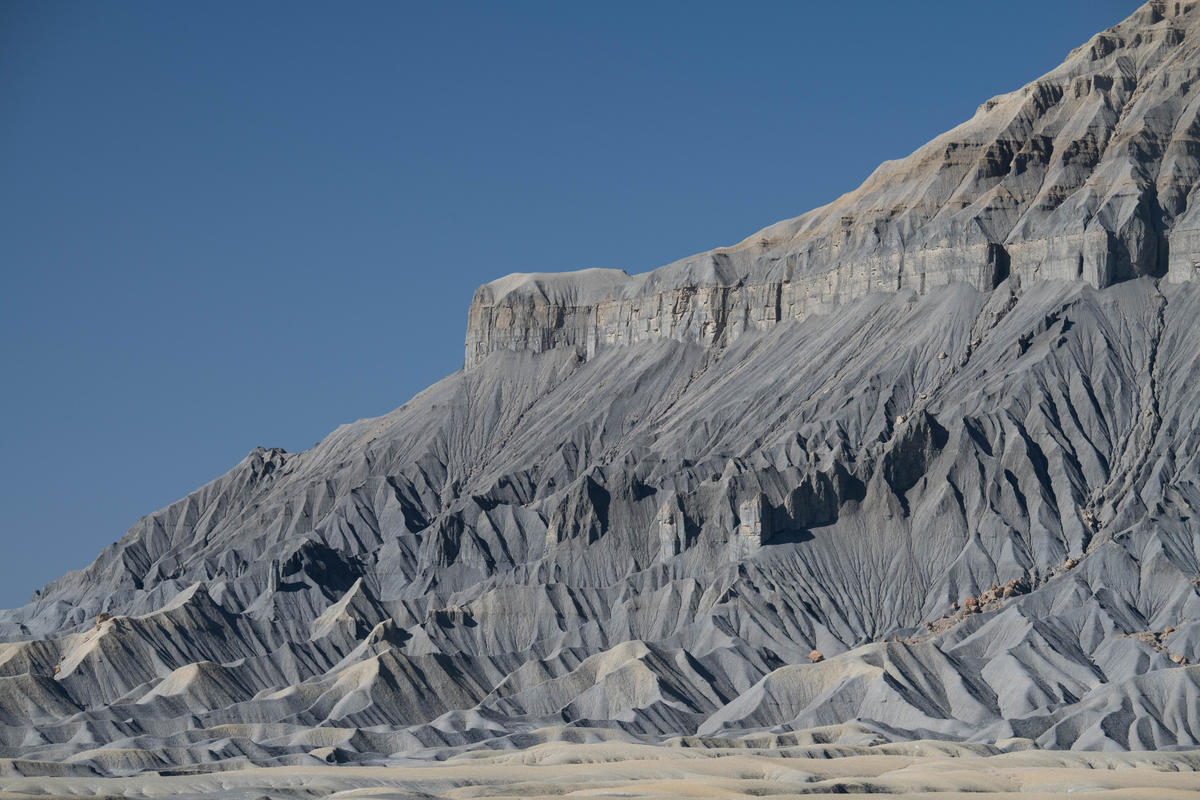
I learned a long time ago, that when confronted with something truly amazing do not just make one or two photographs and hope for the best. If you can, follow though on your commitment to really work on your images, using every idea you have, perhaps over hours or even days, to return back home with the best you can. There's nothing worse than regretting what you didn't do when you are now thousands of miles away.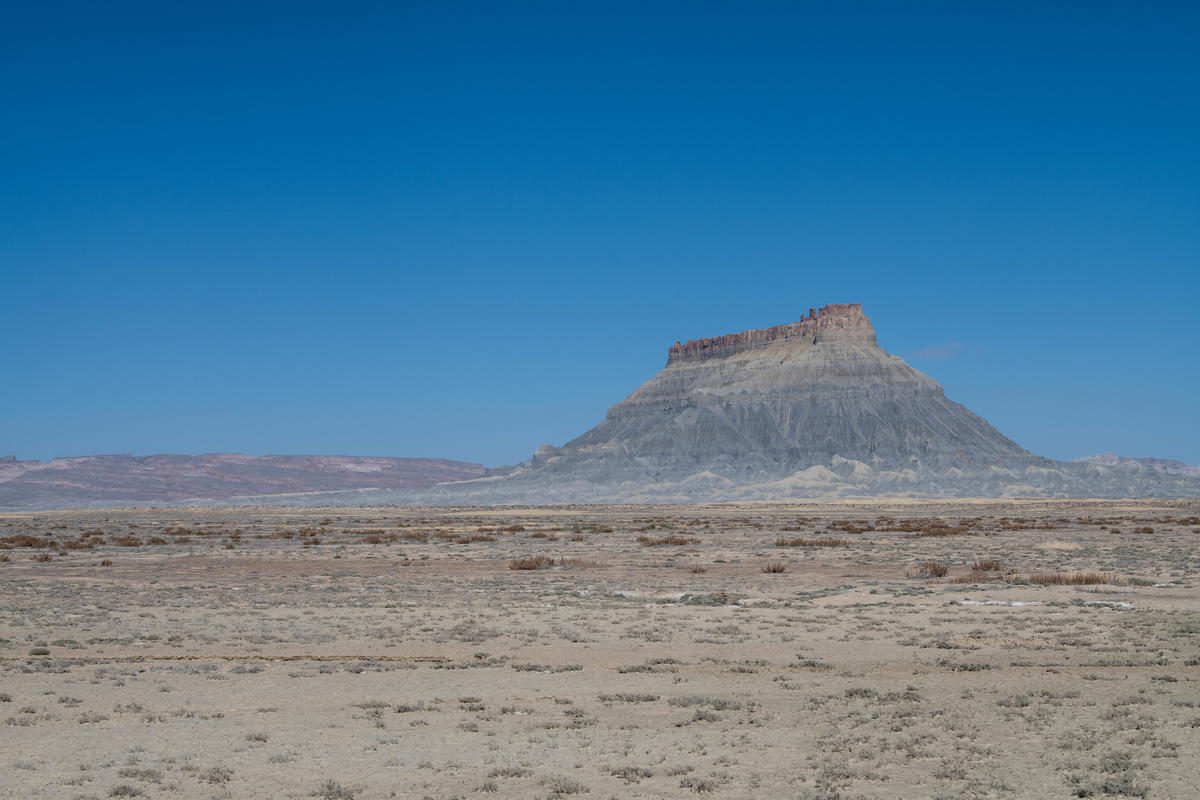
Are these finals? I have no idea. At this stage I make prints to just see what I've got. It will take time to finalize this work, trying different approaches, looking at all the files I shot. Already I've begun to print some in black and white, for instance. Next up? There is far more in this same huge valley in Utah than just Factory Butte. Stay tuned.








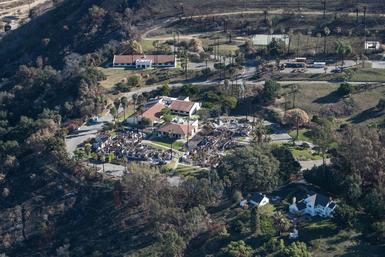
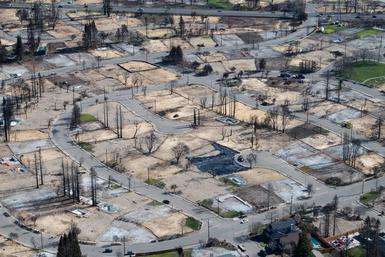

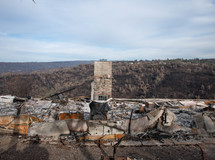
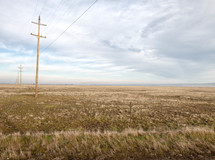




 Padlocks on a fence overlooking the canyon in Paradise.
Padlocks on a fence overlooking the canyon in Paradise. Wooden crosses on the side of the road into Paradise to commemorate the 88 killed in the fire.
Wooden crosses on the side of the road into Paradise to commemorate the 88 killed in the fire. Mailboxes at the entrance to a retirement community leveled by the fire.
Mailboxes at the entrance to a retirement community leveled by the fire.









 Initially, I wasn't sure I was seeing the effects of the fire, not until I noticed trunks of trees that were charred. Because of high winds a firestorm may be moving so fast it can leave trees singed but still standing. This is the case in Paradise, the site of California's worst fire on record.
Initially, I wasn't sure I was seeing the effects of the fire, not until I noticed trunks of trees that were charred. Because of high winds a firestorm may be moving so fast it can leave trees singed but still standing. This is the case in Paradise, the site of California's worst fire on record. 
 The central street of the town sits along the top of a ridge and as I drove up the town's main street called Skyway the devastation is everywhere.
The central street of the town sits along the top of a ridge and as I drove up the town's main street called Skyway the devastation is everywhere. The Happy Garden Chinese Restaurant
The Happy Garden Chinese Restaurant A motel
A motel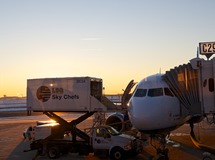

 This is Factory Butte, a few miles west of Hanksville, Utah, at dawn. I photographed there one afternoon until the sun went down and then was back again the next morning at sunrise. If I had to give one reason for going to Utah this time it was this.
This is Factory Butte, a few miles west of Hanksville, Utah, at dawn. I photographed there one afternoon until the sun went down and then was back again the next morning at sunrise. If I had to give one reason for going to Utah this time it was this.




